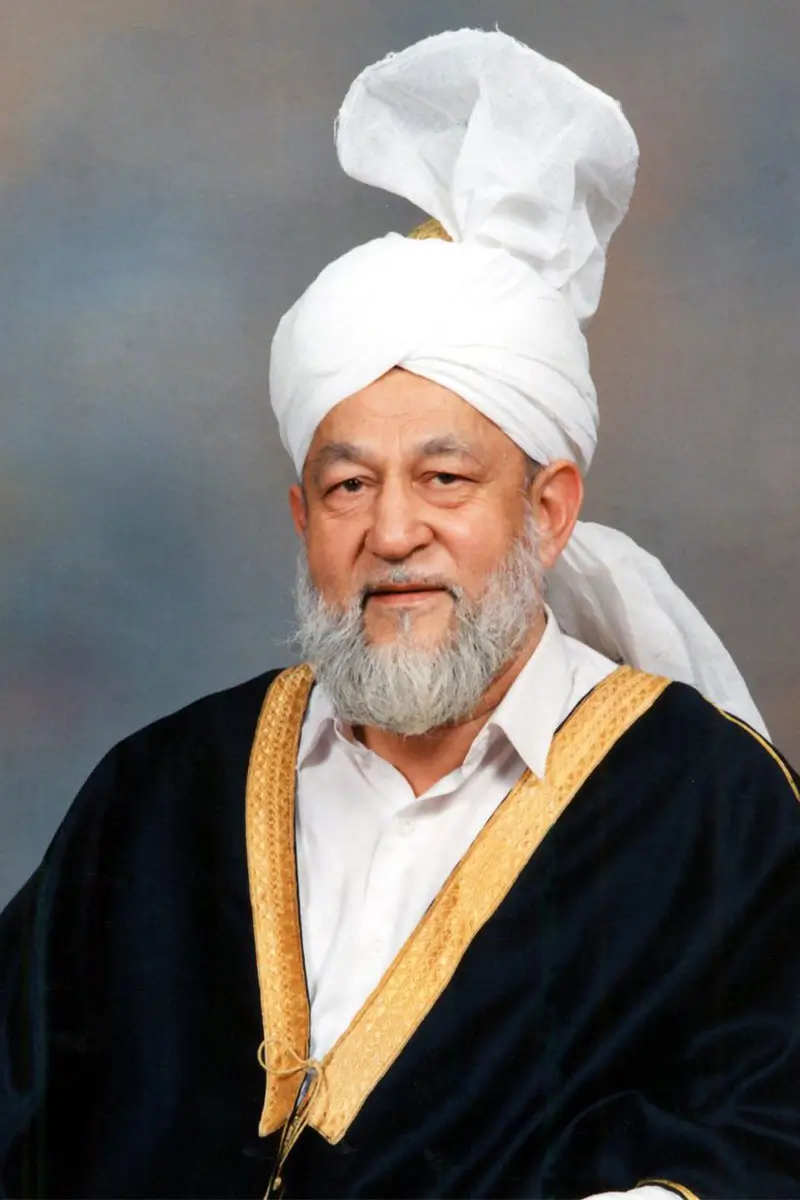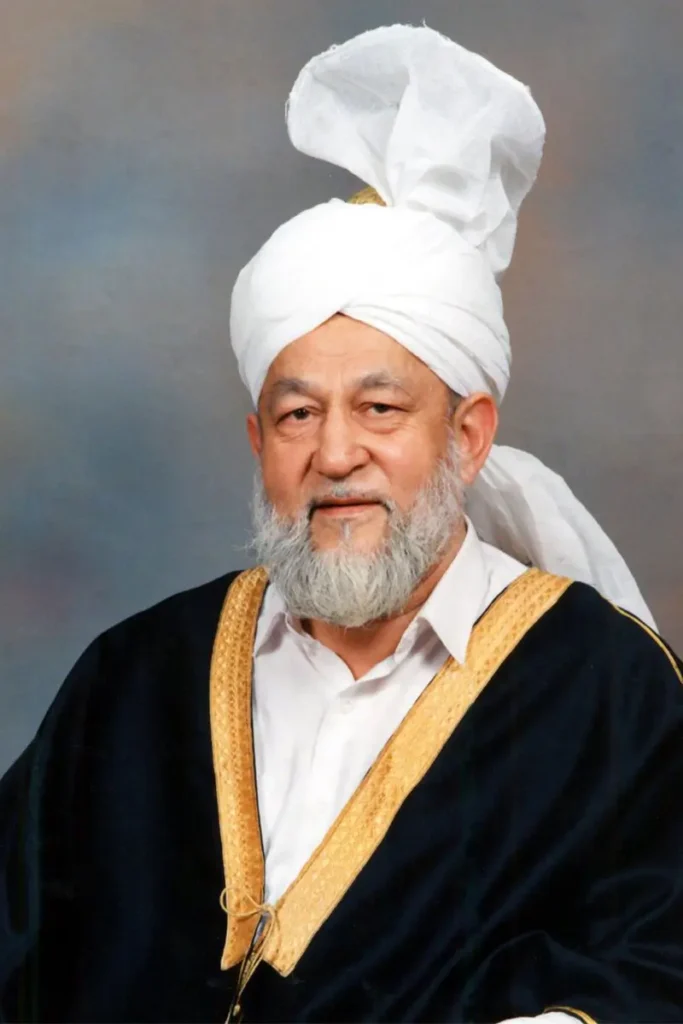Huzoor (rh): In fact, it is very difficult for the non-Arabs to pronounce the word ض (Daud). It is not “Dhee”. It is not at all “Zaal” because when it is transcribed in English, English phonetics, it is prescribed as D-H which is closer to Dhee sound of Urdu than to the Z sound.
So, but it’s not “Dhee” at all, it’s “Zawad” with a broader touch of the tongue with the palate. A broader portion of the tongue comes in to touch with palate while when you pronounce “Daal”, it is the tip of the tongue which is touching the now which, not teeth exactly, but the area, you know around the teeth, but what do you call it? Dento?
Audience: Gum.
Huzoor (rh): No, no, not gum. It’s a particular name. I don’t remember anyway. I mean, it’s a terminology. Fun?
Huzoor (rh): No, palate is behind. This is the region close to the teeth. Dento some region is called technically.
Audience: Teeth ridge
Huzoor (rh): Fun? Ah, teeth ridge, yes. Teeth ridge is closest. Yes the ridge of the teeth. Tongue sometimes touches the ridge of the teeth for pronunciation of certain words, letters, so this is where from where “Daal” is pronounced but for “Zawad” it’s a broader contact of the tongue, with part of the ridge and part of the palate.








